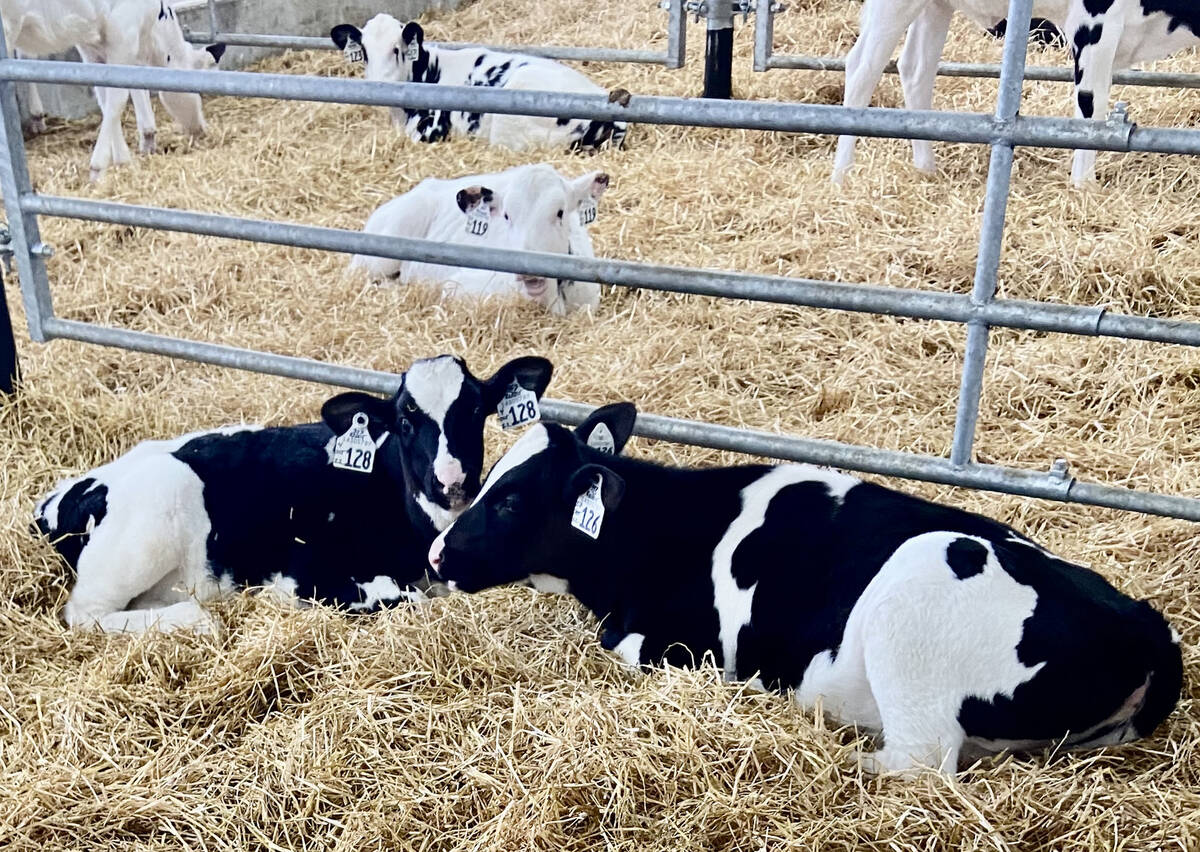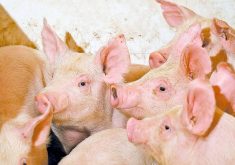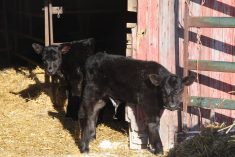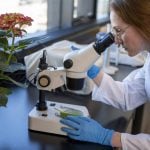Calves can represent the future of the herd or provide an additional income stream for dairy farms, so it’s important that health challenges are kept to a minimum.
Based on recent research at the University of Guelph, dairy farmers in Canada can take pride in the way they manage, house and care for replacement and surplus calves. There is also room for improvement, research indicates.
Why it matters: Research shows that Canadian dairy producers have a better grasp on managing calf health than their U.S. counterparts.
Read Also

Back to the drawing board for sexed semen fertility ratings
Lactanet, the national genetic evaluation and dairy data provider, goes back to the drawing board with its sexed semen fertility rating index prototype.
Several presentations on calf health research were included in Dairy at Guelph’s annual research showcase, held Nov. 2 at the university’s arboretum.
According to research from PhD candidate Lautaro Rostoll Congiano, diarrhea is prevalent on many farms, but most of the pathogens that cause diarrhea in calves are not susceptible to antibiotics.
Congiano works in the lab of Dr. Michael Steele in the department of animal biosciences, studying the effect of intestinal microbiota on the immune development of calves.
The main issue with diarrhea is loss of fluids. Congiano cited research from 2021 that showed no improvement in either incidence of disease or average daily gain for calves from either short-term or systematic use of antibiotics. The only improvement was a mild reduction in the severity of fecal scores during the peak period of the infection.
He also cited a 2021 study that tracked 2,200 calves through the end of their first lactation on a large Michigan herd. There was higher mortality and lower milk production among the animals that received antibiotics as calves.
[RELATED] Understanding the ‘what’ and ‘how’ of colostrum for calves
In this regard, Canadian producers seem to have a better grasp on the disease than their U.S. counterparts, Congiano said, with 75 per cent of U.S. calves with diarrhea treated with antibiotics compared to 30 per cent in Canada.
This may account for what appears to be an improvement in the passive transfer of immunity from the dam to the calf, both in utero and through high-quality colostrum. Based on 2018 numbers, 24 per cent of calves in Canadian dairy herds failed passive transfer of immunity, said Congiano. This is down from 30 per cent a few years ago.
Still, the failure rate remains unacceptably high, and Congiano aims to help decrease the number further through additional research.
Canadian producers also have a positive story to tell about decreased antibiotic use, but Dairy at Guelph director Dr. Stephen Leblanc cautioned there’s more work to be done.
Presenting on behalf of Claudia Cobo-Angel, who recently moved on to another position, he described findings from a survey, focus groups and a ‘garbage can audit’ that explored decision-making for the use of antibiotics by farmers and veterinarians.
Cobo-Angel’s first step was to gather information from seven focus groups of dairy farmers in Ontario and the Atlantic provinces.
She learned that farmers know antimicrobial resistance is a global concern but they’re not necessarily aware of it as a potential problem for their herds. They were also skeptical about whether their actions could affect the global situation. The top decision-making factor is their own experience.
“The veterinarian tended to be referred to more by exception rather than by the rule,” Leblanc said, offering the example of asking the vet when there was no response to the farmer’s initial treatment.
“Ninety-nine per cent of people think they’re a better driver than anyone else,” Leblanc joked, adding that almost all farmers think they use fewer antibiotics than their neighbours.
[RELATED] Setting dairy calves up for success
Focus group participants said they aren’t willing to jeopardize animal welfare to reduce antibiotic use. They also believe that significant investment in facility improvement would be required to prevent disease if their antibiotic use was curtailed.
The subsequent ‘garbage can audit’ was conducted on 30 Ontario farms. Drug container disposal was monitored for one year to determine the farm’s number of doses per 100 cows per year.
“Not everyone is a low user,” Leblanc deadpanned as he showed a graph depicting a huge range among farms from about 50 to about 500 doses per 100 cows per year. The average was just shy of 200.
A series of one-on-one online information sessions (Cobo-Angel’s work was conducted during the COVID-19 pandemic lockdown) hinted at a willingness to change if farmers are provided with benchmarking data for their farm relative to others.
“It looks like there is the ability to initiate change in decision-making,” Leblanc said, but added this study involved only a few farms and more work is necessary to determine the best messaging strategies.
One approach could be developing a flow chart showing which calves might benefit from a course of antibiotics. Leblanc said work is also underway at Guelph to find ways of treating calf scours without antibiotics, including using colostrum as a therapy.
Surplus calves
Hanne Goetz, a post-doctoral student in population medicine, spoke about her work on the impact of transportation on surplus dairy calves.
Surplus dairy calves in Canada are most commonly sold at three to seven days old, she said. New transportation regulations say those under eight days old can only be transported once, and for no longer than 12 hours.
[RELATED] Pre-weaning calf health and immunity carries impacts into lactation years
Goetz’s project studied the health effects of transport duration and calf age. It included 175 calves that were transported for either six, 12 or 16 hours between October 2020 and June 2021. The study covered seven transport events.
Calf ages ranged from two to 19 days. One-third were Holsteins and two-thirds were crossbreds. Health events were noted immediately after transport and then every 12 hours after transport for up to three days. Some parameters were rechecked 14 days and 50 days after transport.
By 14 days, Goetz reported, “almost all the calves had diarrhea at some point.” Incidence was higher for those transported for a longer duration.
Calves transported at an older age had lower incidence of respiratory inflammation and navel inflammation, even when they were transported for a longer duration. Older calves also showed higher average daily gain following transport.
New research is now underway about a 16-hour transport, exploring if it’s preferable to do the trip all in one session or to break it into two separate eight-hour trips with eight hours of rest in between.













